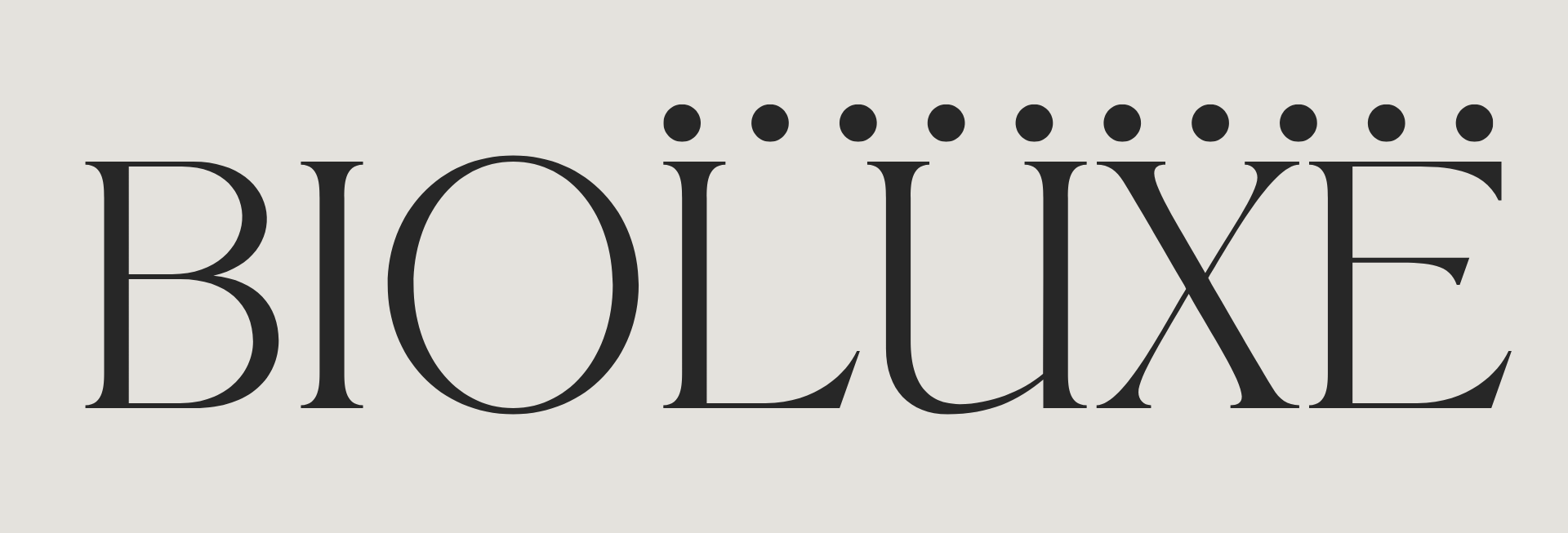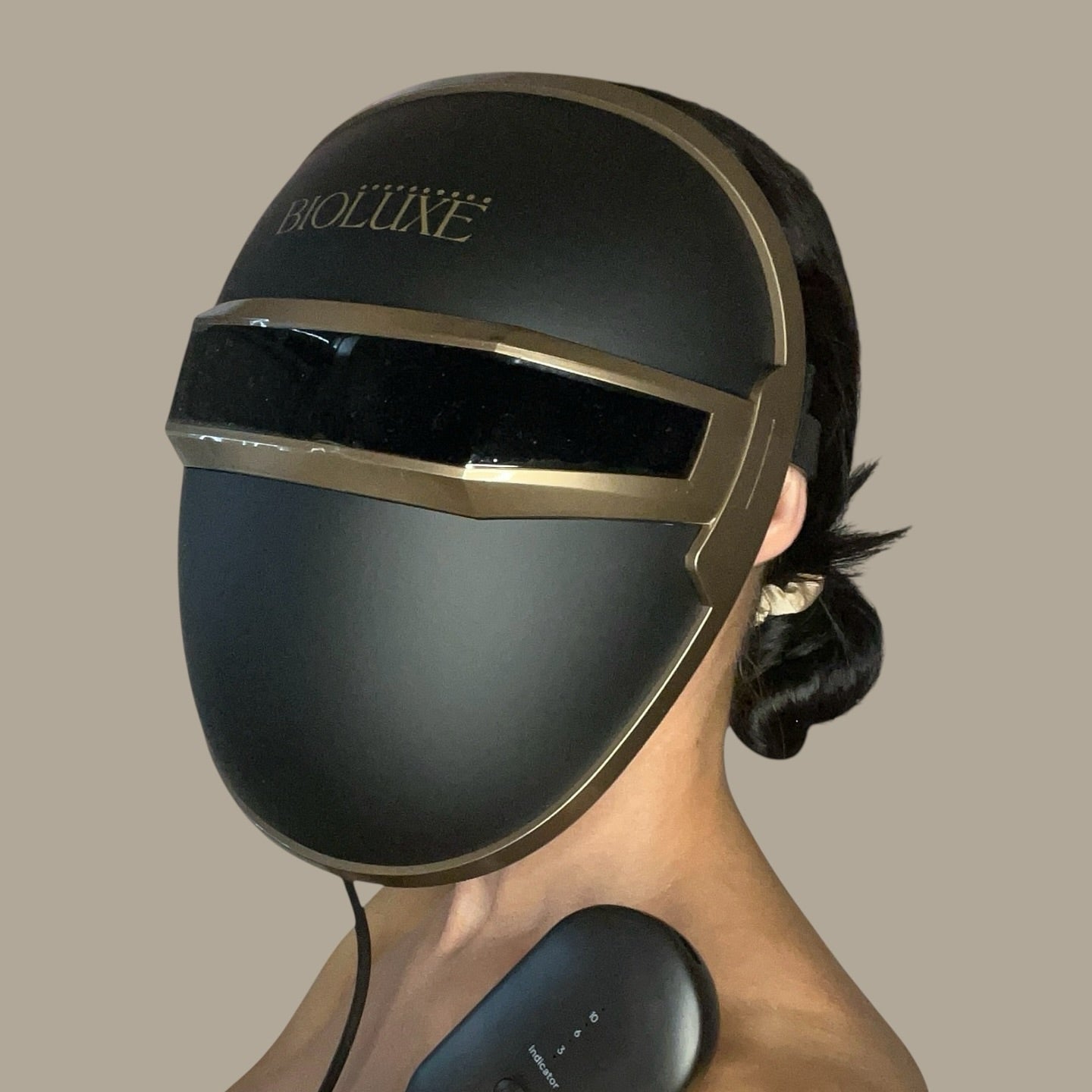With the rise of at-home skincare technology and professional dermatology treatments, blue light therapy and red light therapy have become buzzwords in the beauty and wellness world. But what exactly are these therapies, how do they work, and more importantly, what’s the difference between blue light therapy and red light therapy? If you’re wondering which one is right for you or how to combine both for optimal skin health, this comprehensive guide will break it all down using the latest research and popular keywords like blue light therapy benefits, red light therapy for skin, LED light therapy differences, and more.
What Is Light Therapy?
Light therapy, also known as phototherapy or LED light therapy, uses specific wavelengths of light to target skin cells and promote various health benefits. These wavelengths penetrate the skin at different depths to stimulate cellular processes like collagen production, reduce inflammation, or kill harmful bacteria.
The two most common types of light therapy in skincare are blue light therapy and red light therapy. Each has unique properties and is used to treat different skin concerns.
Blue Light Therapy Explained
Blue light therapy uses light in the 405–420 nanometer (nm) wavelength range. It is primarily known for its ability to treat acne and inflammatory skin conditions.
How Does Blue Light Therapy Work?
Blue light targets the bacteria Propionibacterium acnes (P. acnes), which lives on the skin and contributes to acne development. When exposed to blue light, these bacteria produce molecules called porphyrins that become activated and generate reactive oxygen species, killing the bacteria and reducing acne lesions.
Blue light therapy also helps to reduce inflammation, calm redness, and regulate oil production, making it a powerful treatment for active acne and skin prone to breakouts.
Common Uses & Benefits of Blue Light Therapy
-
Treats mild to moderate acne
-
Reduces skin inflammation and redness
-
Improves skin clarity
-
Safe for all skin types
-
Painless and non-invasive
Red Light Therapy Explained
Red light therapy typically uses wavelengths in the 630–660 nm range, often combined with near-infrared light (800–880 nm) for deeper tissue penetration. It is well-known for its anti-aging and skin rejuvenation benefits.
How Does Red Light Therapy Work?
Red light penetrates deeper into the skin to stimulate fibroblast cells, which produce collagen and elastin—the proteins responsible for skin’s firmness and elasticity. By boosting collagen production, red light therapy helps reduce wrinkles, fine lines, and sagging skin.
Additionally, red and near-infrared light help improve circulation, reduce inflammation, and promote tissue repair, making red light therapy a versatile treatment for both skin health and pain relief.
Common Uses & Benefits of Red Light Therapy
-
Reduces wrinkles and fine lines (anti-aging)
-
Stimulates collagen and elastin production
-
Speeds up wound healing and tissue repair
-
Reduces inflammation and redness
-
Alleviates muscle and joint pain
-
Improves skin texture and tone
Blue Light Therapy vs Red Light Therapy: Key Differences
| Feature | Blue Light Therapy | Red Light Therapy |
|---|---|---|
| Wavelength Range | 405–420 nm | 630–660 nm (Red) + 800–880 nm (Near-Infrared) |
| Primary Target | Acne-causing bacteria, surface skin | Collagen production, deeper skin layers |
| Skin Concerns Treated | Acne, oily skin, inflammation | Aging signs, wrinkles, scars, pain relief |
| Penetration Depth | Shallow (epidermis) | Deeper (dermis and below) |
| Anti-Aging Effects | Limited | Significant |
| Pain Relief | No | Yes, especially near-infrared |
| Treatment Frequency | Multiple times per week |
Multiple times per week
|
Can You Use Blue and Red Light Therapy Together?
Absolutely! Many advanced LED devices combine both blue and red light therapy in one session to address multiple skin concerns simultaneously. For example, the Bioluxe 8-Colour + Near-Infrared LED Facial Mask includes blue light for acne treatment and red light for anti-aging benefits, plus other wavelengths for customized skincare.
Using both therapies can:
-
Clear acne while preventing future breakouts
-
Promote collagen and elastin for youthful skin
-
Reduce inflammation and calm redness
-
Support overall skin health and radiance
How to Choose Between Blue and Red Light Therapy
-
If your primary concern is active acne, oily skin, or inflammation, blue light therapy should be your go-to treatment.
-
If you want to focus on anti-aging, wrinkle reduction, scar healing, or pain relief, red light therapy will offer more significant benefits.
-
For comprehensive skincare addressing multiple issues, consider devices or treatments that combine both blue and red light therapy.
Final Thoughts
Blue light therapy and red light therapy are powerful, non-invasive treatments that can dramatically improve your skin health when used correctly. Understanding their differences allows you to tailor your skincare routine to your unique needs — whether that's fighting acne, reducing wrinkles, or promoting overall skin vitality.




Leave a comment
This site is protected by hCaptcha and the hCaptcha Privacy Policy and Terms of Service apply.